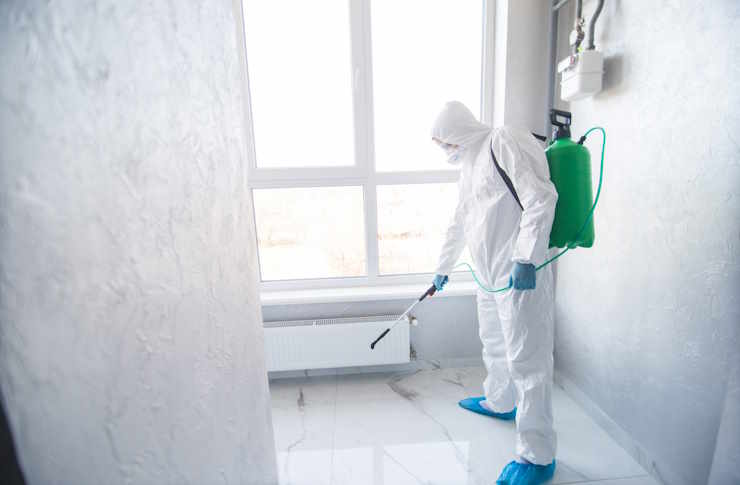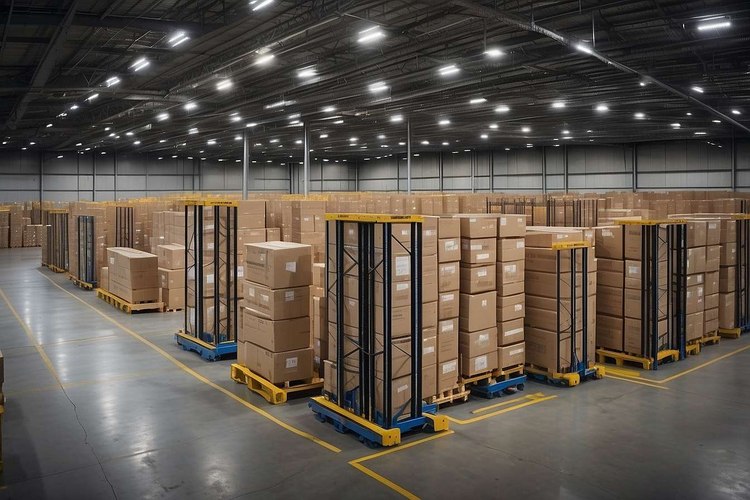Cleaning Jobs: Daily Tasks, Setup Basics, and Consistent Standards
Cleaning jobs offer stable employment opportunities across various industries, from office buildings and healthcare facilities to retail spaces and residential properties. Success in this field depends on understanding daily workflows, maintaining safety protocols, and meeting consistent quality standards. Whether you're new to professional cleaning or looking to improve your current practices, mastering these fundamental elements will help you deliver reliable results while protecting both yourself and the environments you service.

Step-by-Step Workflow: From Site Check-In to End-of-Shift Handover
A structured workflow ensures nothing gets overlooked during your shift. Begin each day by checking in with site supervisors or reviewing any special instructions left from previous shifts. Document your arrival time and conduct a quick walkthrough to identify areas requiring special attention or any maintenance issues that need reporting.
During your shift, work systematically through each designated area. Complete high-priority tasks first, such as restroom sanitization and trash removal, before moving to general cleaning duties. Keep detailed records of completed tasks and any supplies used. Before leaving, ensure all equipment is properly cleaned and stored, chemicals are secured, and any incidents or observations are documented for the next shift team.
Color-Coding and Product Labels: Simple Ways to Avoid Cross-Contamination
Cross-contamination prevention is crucial for maintaining hygienic environments and preventing the spread of harmful bacteria. Implement a color-coding system for cleaning tools and supplies. Use red equipment exclusively for restrooms, blue for general office areas, green for food service zones, and yellow for isolation or medical areas when applicable.
Proper product labeling goes beyond manufacturer labels. Create clear identification systems for diluted solutions, marking containers with contents, mixing ratios, and preparation dates. Store different product categories separately and never mix chemicals unless specifically instructed. This systematic approach reduces health risks and ensures you’re using appropriate products for each surface type and contamination level.
Daily vs. Periodic Tasks: What to Do Each Shift and What to Schedule Weekly
Understanding task frequency helps prioritize your daily workload while ensuring comprehensive facility maintenance. Daily tasks typically include emptying trash receptacles, cleaning and disinfecting restrooms, vacuuming high-traffic areas, wiping down frequently touched surfaces like door handles and light switches, and restocking supplies.
Weekly or periodic tasks involve deeper cleaning activities such as mopping under furniture, cleaning windows and mirrors, sanitizing keyboards and phones, dusting light fixtures and vents, and performing detailed floor care including stripping and waxing when needed. Schedule these tasks during less busy periods and rotate them throughout the week to maintain consistent facility appearance without overwhelming daily workflows.
Safe Use of Chemicals and PPE: Basic Handling, Storage, and Spill Response
Chemical safety protects both cleaning staff and building occupants. Always read Safety Data Sheets before using new products and understand proper dilution ratios. Wear appropriate personal protective equipment including gloves, eye protection, and respiratory masks when required. Ensure adequate ventilation when using strong chemicals and never mix different products together.
Store chemicals in original containers or properly labeled secondary containers, away from food areas and out of reach of unauthorized personnel. In case of spills, immediately contain the area, use appropriate cleanup materials, and ventilate if necessary. Report significant spills to supervisors and document the incident according to facility protocols.
How to Confirm Site Expectations: Surface Types, Service Windows, and Reporting
Clear communication with clients or facility managers prevents misunderstandings and ensures service quality. Begin each new assignment by discussing specific surface requirements, as different materials need specialized care. Confirm service windows and any restrictions on when certain areas can be cleaned, especially in active work environments.
Establish reporting protocols for maintenance issues, supply needs, and security concerns. Some facilities prefer digital reporting systems while others use paper logs. Understand escalation procedures for emergencies and maintain regular communication channels with supervisors. Document any changes to cleaning specifications and confirm these adjustments in writing to avoid future confusion.
| Service Provider | Typical Hourly Rate | Services Offered |
|---|---|---|
| ServiceMaster | $12-18 per hour | Commercial cleaning, janitorial services, specialized cleaning |
| Jani-King | $11-16 per hour | Office cleaning, medical facility cleaning, retail maintenance |
| Coverall | $13-19 per hour | Commercial cleaning, health-focused protocols, green cleaning |
| Local Companies | $10-15 per hour | Residential cleaning, small office maintenance, flexible scheduling |
Prices, rates, or cost estimates mentioned in this article are based on the latest available information but may change over time. Independent research is advised before making financial decisions.
Professional cleaning requires attention to detail, safety awareness, and consistent execution of established procedures. By following structured workflows, implementing proper contamination controls, understanding task priorities, maintaining chemical safety, and communicating effectively with clients, cleaning professionals can build successful careers while contributing to healthy, well-maintained environments. The cleaning industry continues to offer stable employment opportunities for those willing to master these fundamental skills and maintain high professional standards.




